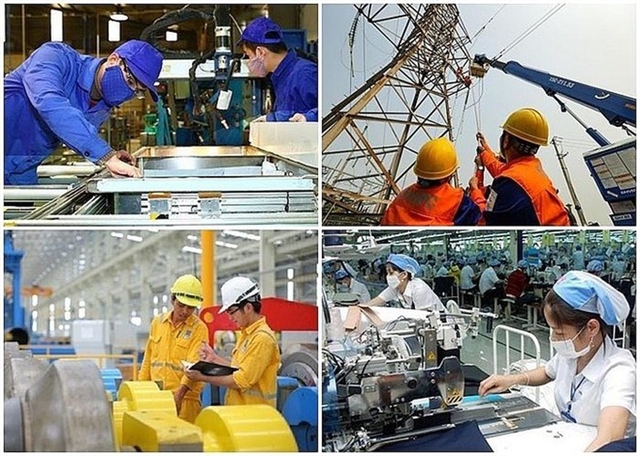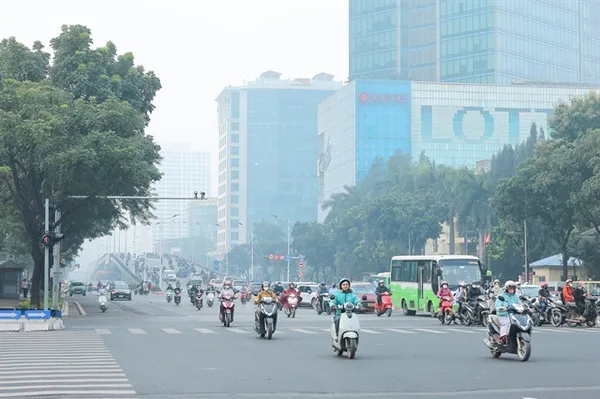 Economy
Economy


|
| Officers of Cốc Nam Customs Department in Lạng Sơn Province, which shares a border with China, perform a check on imported products. — VNA/VNS Photo Hoàng Hùng |
HÀ NỘI — Economic and trade relations between Việt Nam and China have been developing in a positive direction, as shown by the continuous increase of bilateral trade turnover between the two countries. Việt Nam is fast becoming an attractive investment destination for Chinese enterprises.
According to the Foreign Investment Agency under the Ministry of Planning and Investment, China invested about US$1.6 billion in Việt Nam in the first fourth months of this year, making it the country’s fourth largest source of foreign investment.
Several large projects were funded by Chinese investors in the period including a tire manufacturing project with total registered capital of $280 million in the southern province of Tây Ninh and another tire project of Advance Tire (Vietnam) Co. Ltd with registered capital of $214.4 million in the southern province of Tiền Giang.
China has been Việt Nam’s biggest trade partner since 2004, and bilateral trade has been continuing its strong growth. China is currently Việt Nam’s second largest export market after the United States. Việt Nam is also China's largest trading partner in ASEAN and its eighth largest in the world. It is China’s fifth largest export market and ninth largest import market.
According to the Ministry of Industry and Trade, Việt Nam–China trade turnover reached $106.7 billion last year, up 13.5 per cent compared to 2017. Việt Nam exported goods worth $41.26 billion, up 16.56 per cent, while imports reached $65.43 billion, up 11.68 per cent.
Executive Director of Vietnam National Garment and Textile Group (Vinatex) Cao Hữu Hiếu said one of the bright points contributing to the growth of Việt Nam’s textile and garment industry was businesses’ efforts to boost exports to the Chinese market.
Hiếu said Việt Nam’s garment and textile export turnover to the Chinese market increased by 24 per cent from $3.2 billion in 2017 to $4.1 billion in 2018. Yarn was the product most exported to China, making up 48 per cent of all textiles.
However, Hiếu said many Vietnamese enterprises, including textile firms, face difficulties when attempting to export goods to China.
“The production scale of Vietnamese enterprises is relatively small, leading to a limitation on competitiveness of export goods,” Hiếu said. “In addition, some enterprises have not actively explored consumption habits, market information or quality standards and quarantine testing in China.”
Lê Hoàng Oanh, head of the Ministry of Industry and Trade’s Department of Asian-African Markets, said the two countries’ border infrastructure had failed to meet the rapidly growing demand of bilateral commodity exchange.
China is the main export market for Việt Nam’s agricultural and aquatic products.
However, “agricultural and aquatic products, which are allowed to be exported to China, are not yet abundant,” Oanh said. “The progress of negotiation to open the market for new products of Việt Nam is still slow.”
Oanh added that businesses needed to organise the production of agricultural and aquatic products on an industrial scale with uniform quality to ensure compliance with quality standards required to sell goods in China.
“To promote the export of goods to the Chinese market, Vietnamese enterprises need to identify China as a key market and should not assume that it is easy market,” she said. “Businesses need to understand market demand in China to determine key products and key market areas.”— VNS




